Mabodofu

- Mabodofu, a Probably Halal-converted Ryuji's recipe.
- 【Ingredients】(1 to 2 servings)
- Changes from the original recipe
- Chinese ingredients and ingredients that probably are not in a foreigner's house (information specially for the non-Japanese)
- Spices, sauces, and ingredients commonly used in Japan
- How to cook
- Where to get the ingredients
- 【Ingredients】(4-5 servings)
I cook this all the time.
Personally, I don't mind if I eat this every day.
Because it is really delicious.
When I lived alone, I made a pot of vegetable soup with a lot of ingredients and ate it for a week. I continued this lifestyle for a long time and never got tired of it.
I don't like to cook, so I love just eating. I seriously think this menu is fine enough for everyday.
According to Ryuji, this recipe is for 1 or 2 servings. But on youtube, he says it is for 2 to 3 servings. He also says, "But I think you will eat it all by yourself." Hmmm.
I feel that after making this recipe,
- it's not enough because it's too good.
- too much sauce left over.
- Sansho is superb.
I thought, "Since there is so much sauce remaining, why not put one more tofu in there? This is the idea behind the recipe for a family of four at the bottom of this page.
In our family of four, I make three times the amount of this recipe. And I add one more tofu to make four.
Ryuji himself said,
"I have been told many times that I have never had such a delicious Mabodofu!"
「こんなに旨い麻婆豆腐は初めてだと何度も言われた逸品です。」
So you should try it.
Mabodofu, a Probably Halal-converted Ryuji's recipe.
【Ingredients】(1 to 2 servings)
100g ground beef
2 cloves garlic
300g silken tofu (about 1 piece)
1/2 leek
1 tablespoon Tobanjan
1 tablespoon Tenmenjan
2 teaspoons Rayu
Less than 1 teaspoon of halal soup stock
1 1/2 tablespoons vinegar
1 1/2 teaspoons soy sauce
200㏄ water
A pinch of salt
Some pepper to taste
2 teaspoons to 1 tablespoon salad oil
Sansho to taste
■ Katakuriko dissolved in water ■
1 tablespoon Katakuriko and 2 tablespoons water
Changes from the original recipe
- Minced pork → minced beef
- Soumi Shantan→halal soup stock
- 1 tablespoon sake → ½ tablespoon vinegar
Instead of ground pork, you could use beef or chicken. I personally feel that a certain amount of fat would make it feel more like Chinese food.
Chinese ingredients and ingredients that probably are not in a foreigner's house (information specially for the non-Japanese)
Somi Shantan

In short, this is Chinese soup stock. You can substitute here with halal chicken soup stock. I use vegetable-only bouillon, which is cheaper than halal bouillon and can certainly be found at the local supermarket.
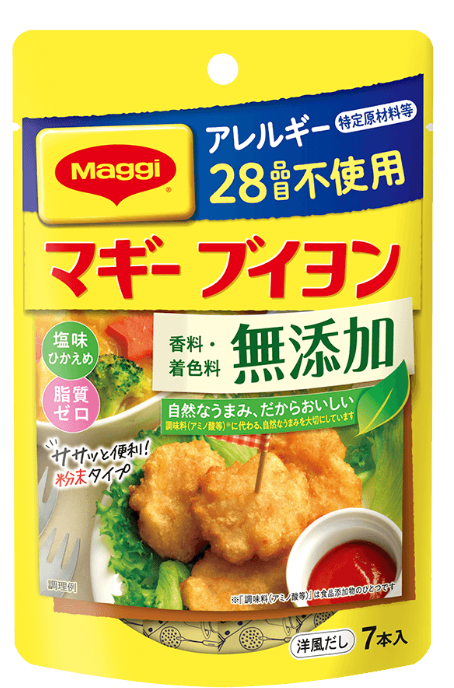
Sake (Japanese liquor)
You can ignore the liquor if it's just a tablespoon or so, like in this case. Ryuji often says, "It has flavor." I just think, " Is it related to fermentation?" then I put a little bit of vinegar. And it works every time.
Jan
You must have been asked by foreign Muslims to teach them how to make Halal Japanese dishes. Japanese cuisine includes Japanese, Western, Chinese, Korean, and ethnic cuisines.
For this reason, you should definitely try to use "Jan" like in this recipe to make it easier.
Tobanjan
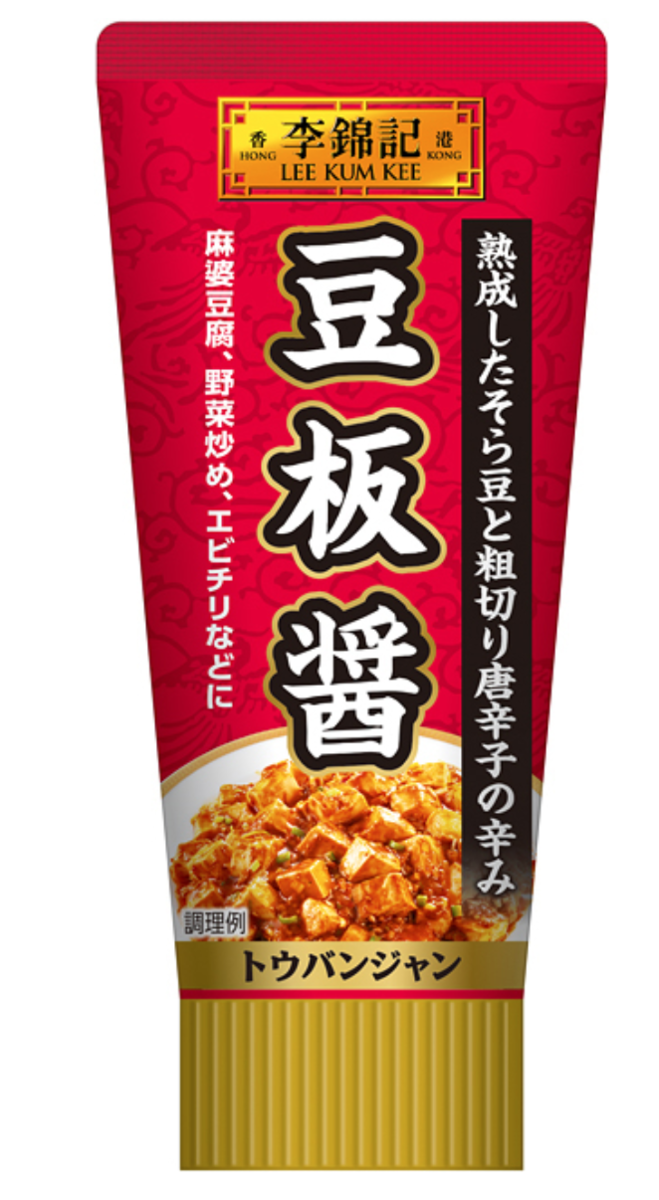
Salted red pepper, Chinese soybean paste, soybean paste, sugar, red pepper, garlic, soybean oil, thickener (processed starch), acidifier, seasoning (nucleotides), (some ingredients include wheat)
Currently, there is another manufacturer called YOUKI, but it contains sake spirit. But YOUKI is a little cheaper.
Tenmenjan
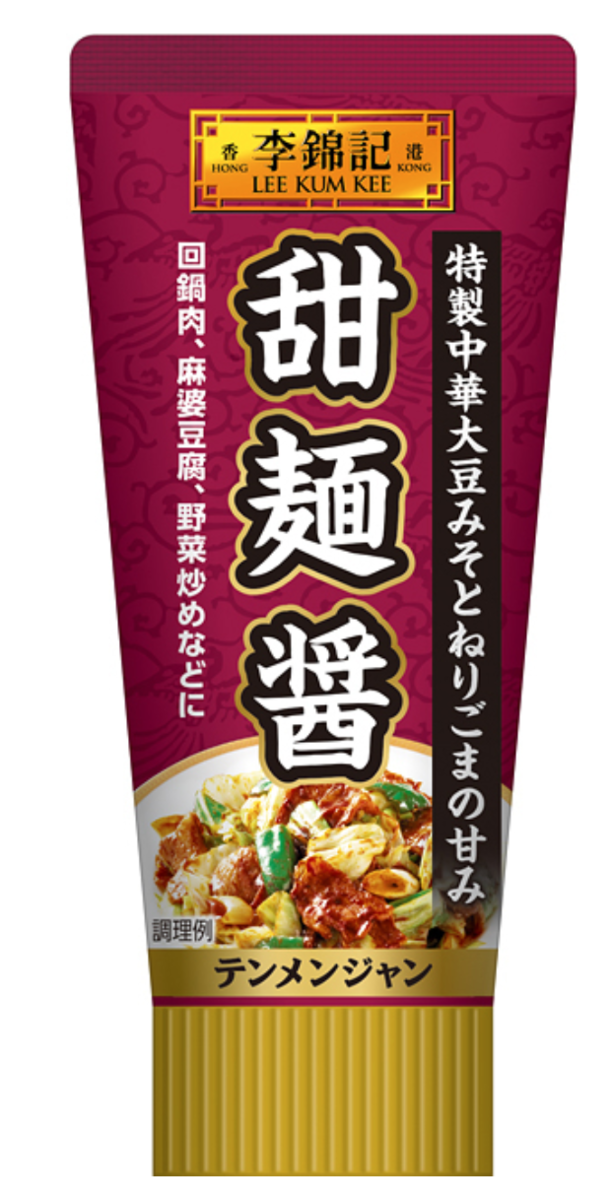
Another SB product.
Chinese soybean paste, sugar, sesame paste, soy sauce, caramel color, thickener (processed starch), (some ingredients include wheat)
This is also produced by YOUKI. And YOUKI is also probably Halal. It doesn't contain alcohol. Good!
Spices, sauces, and ingredients commonly used in Japan
Sansho
This is a spice familiar to Japanese people.
You can usually find them in the spice corner.
They come from various manufacturers, but for now, S&B again!
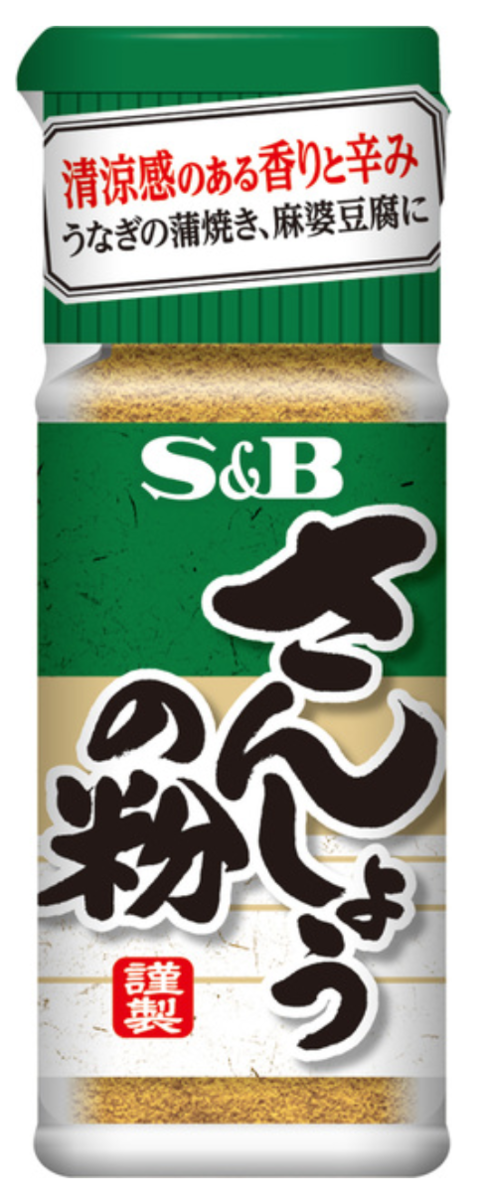
Rayu
This is originally a Chinese ingredient, but it is widely used in Japan. It is a spicy oil containing chili extract.
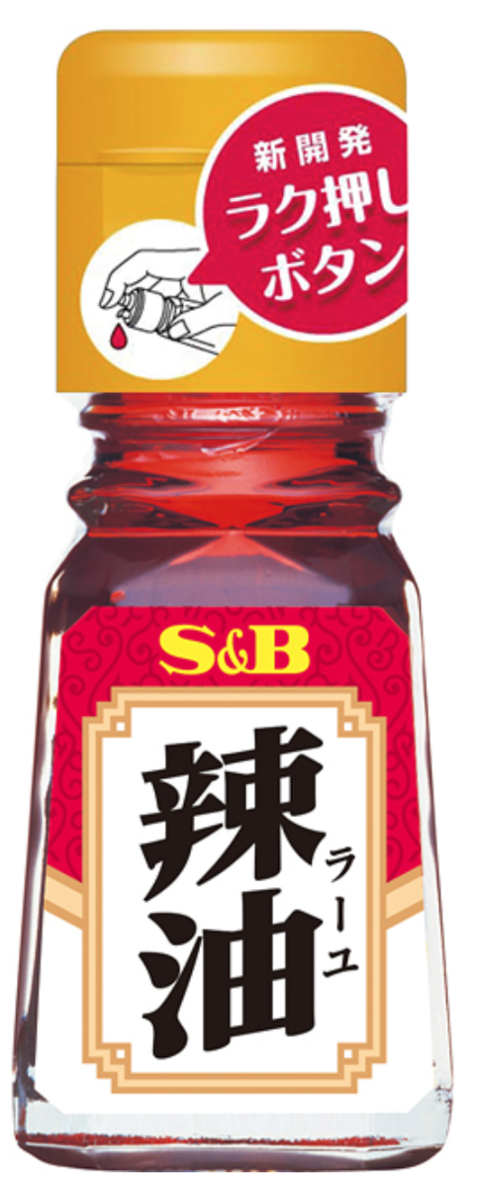
Edible sesame oil, edible corn oil, spices, paprika coloring
Katakuriko
Katakuriko is a starch powder taken from potatoes. It used to be taken from Katakuri. It is dissolved in an equal or greater amount of water and added at the finish of cooking to thicken the water in dishes.
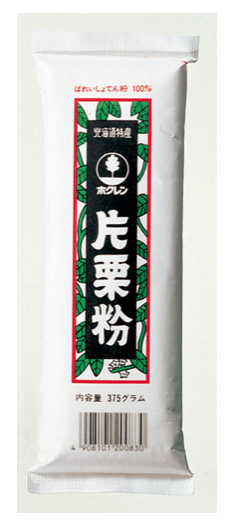
How to cook
Watch Ryuji's video first to get an idea of how to cook.
-
Crush cloves of garlic by beating them with the flat part of a knife, and chop them roughly. (Ryuji removes the garlic sprouts and does not use them. I usually put them in because I am lazy.)
-
Finely chop leeks. (Not in round slices.)
-
Heat a frying pan and add oil.
-
Fry minced meat. Fry over medium heat without moving the meat too much, allowing it to brown. Finish crispy and fragrant.
-
Reduce the heat from low to medium and add the garlic.
-
When you feel the smell of garlic, add Tobanjan and stir-fry.
-
Add Tenmenjan and stir-fry.
-
Add Rayu and stir-fry. Now the meat sauce is ready.
-
In a separate pot, boil diced tofu for about 2 minutes.
-
Put the boiled tofu into the meat sauce in the pan and turn the heat to high.
-
Add 200cc of water.
-
When water comes to a boil, add soup stock.
-
Add the leeks. From here, add the final seasonings fast. Lower the heat.
-
Add 2/3 teaspoon soy sauce.
-
Add 1/2 tablespoon vinegar. (or ignore this step)
-
Add extra black pepper.
-
Add Katakuriko dissolved in water and stir.
-
Finish with a little more than 1 teaspoon of soy sauce.
-
Add a pinch of salt.
-
Add some more Rayu.
-
Plate the dish and add leeks if you have them. Then add Rayu again.
-
Finally, sprinkle with Sansho powder.
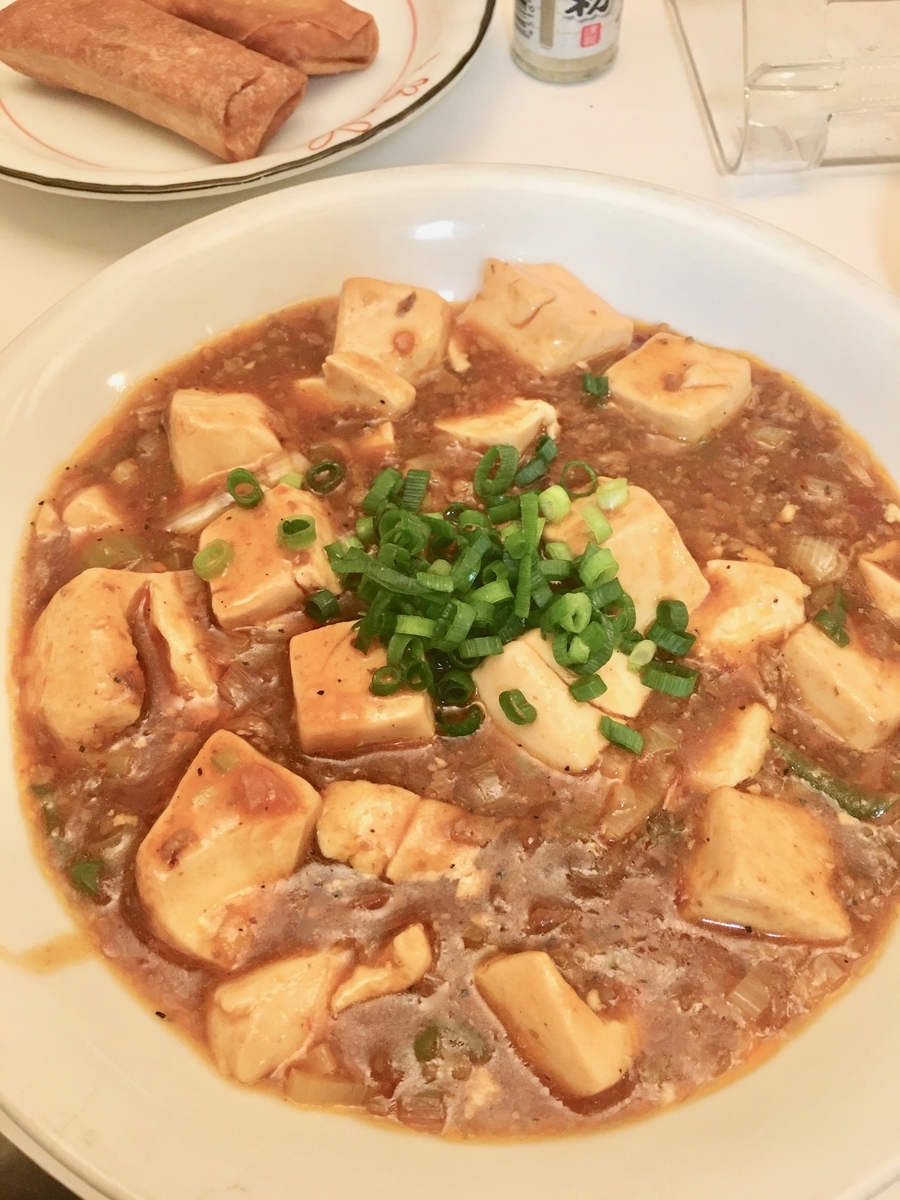
Don't worry if you can't do it quickly. It will definitely be delicious. I have made this dish many times and it has never failed to taste good.
Where to get the ingredients
Ryuji's recipe calls for a lot of spices.
If you make this menu for about 4 people, you will end up with almost a bottle of Tenmenjan and Tobanjan. You also need a lot of Rayu. But the Rayu sold at the supermarket is more like table salt or table soy sauce than an ingredient, and SB, a clever Japanese company, has made a cap to prevent leakage, so you have to add it drop by drop, which takes time. I want to use it in one gulp. So I went to a "Gyomuyo Super" professional-use supermarket.
I think professional-use supermarkets are good at certain ingredients. And as for Chinese ingredients, they offer a large variety. And they are cheap! huge!
Their Rayu is amazing.
This is 270 grams. The price was less than 400 yen.
It is easy to use. The bottle gets covered with oil every time because it leaks so much.
SB's Rayu has 31 grams only.

Ingredients are
rapeseed oil, sesame oil, chili pepper, onion, Sansho, pepper, cinnamon
it is quite different from SB's. More Chinese-like?
Maybe Chinese spices can be found in professional-use supermarkets or Halal stores.
Finally, here is the recipe I am using at home, with more tofu and less meat.
The procedure is the same as above, so I only list the ingredients.
【Ingredients】(4-5 servings)
250-300g ground beef
6 cloves garlic
4 pieces of silken tofu (about 300g each)
1 and 1/2 leeks
3 tablespoons Tobanjan
3 tablespoons Tenmenjan
2 tablespoons Rayu
Less than 1 tablespoon halal soup stock
1 tablespoon vinegar
1 1/2 tablespoons soy sauce
500㏄ water
3 pinches of salt
Some black pepper
2 tablespoons salad oil
Some Sansho
■ Katakuriko dissolved in water ■
Dissolve 3 tablespoons of Katakuriko with 4 tablespoons of water.
This is 3 times the basic recipe, but it is very approximate. I think the amount of water, the amount of soup stock, Tobanjan, and Tenmenjan will determine the taste, so if you get this area right, the rest will be just fine. Please watch the video carefully. But don't worry, it becomes super delicious every time, so definitely you should make it.



